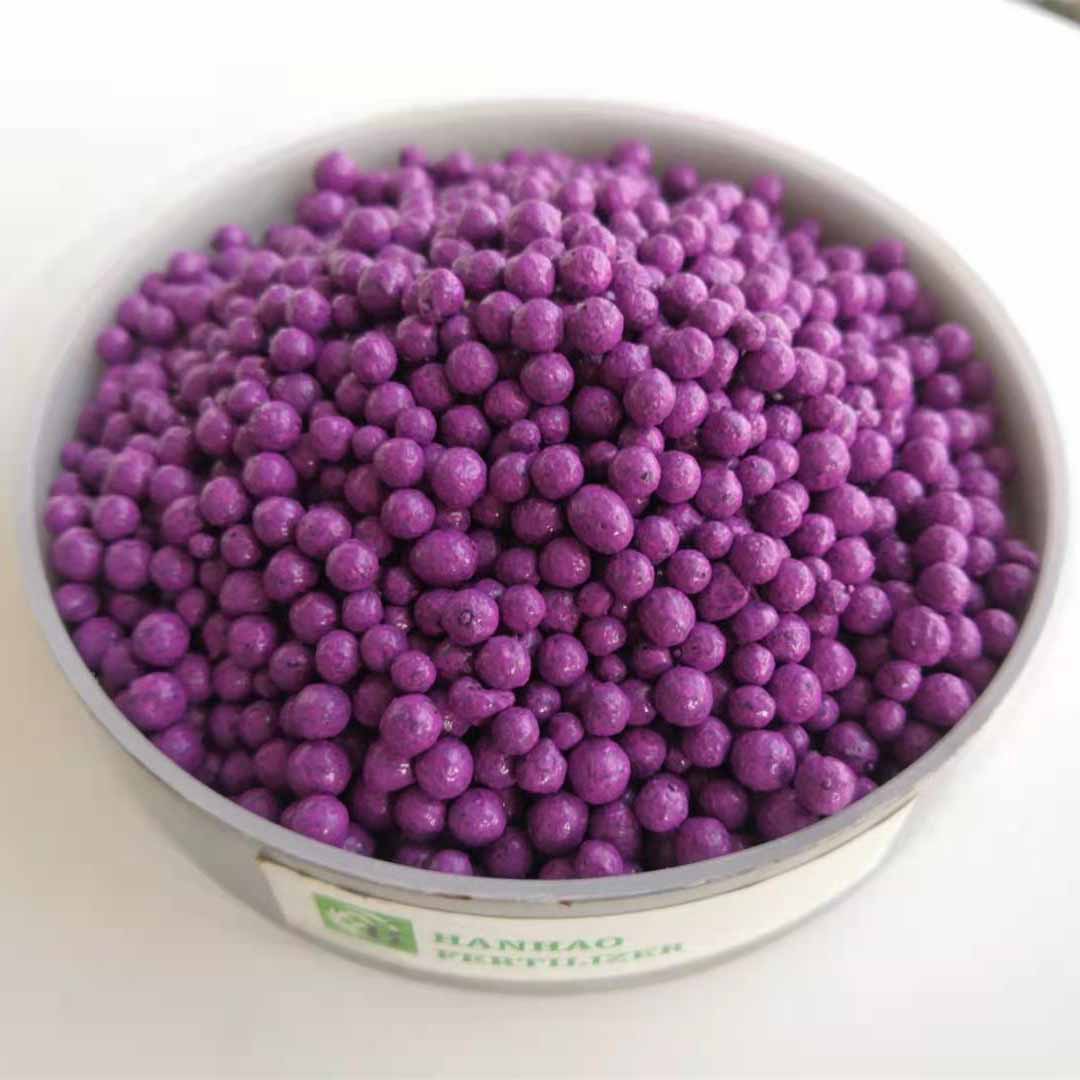
Ara . 18, 2024 12:57 Back to list
Understanding the Composition and Benefits of Potash Fertilizer for Optimal Plant Growth
Understanding Potash Fertilizer and Its Formula
Potash fertilizer, a critical component in modern agriculture, plays a vital role in enhancing crop yields and improving soil health. It is primarily composed of potassium, an essential nutrient that plants need for various physiological functions. The term potash refers to potassium-containing salts, which are mined or produced through various processes, and it is commonly represented in agricultural contexts as K2O (potassium oxide) when formulating fertilizers.
The formula for potash fertilizer typically includes different ratios of potassium, alongside nitrogen (N) and phosphorus (P), which are the other two primary macronutrients essential for plant growth. A common formula format for fertilizers is N-P-K, where the numbers represent the percentage of nitrogen, phosphorus, and potassium in that order. For example, a fertilizer showing 10-20-30 contains 10% nitrogen, 20% phosphorus (as P2O5), and 30% potassium (as K2O).
Importance of Potassium in Agriculture
Potassium is critical for multiple plant processes. It helps regulate various physiological functions, such as photosynthesis, protein synthesis, and enzyme activation. This nutrient also plays a crucial role in improving drought resistance, enhancing fruit quality, and increasing crop resilience against diseases. A balanced supply of potassium through potash fertilizers helps ensure that plants can efficiently perform these functions.
The application of potash fertilizers is particularly important in regions with potassium-deficient soils. Soils that have not been adequately replenished with nutrients may lead to stunted growth, poor yields, and reduced quality of crops. Therefore, understanding the specific nutrient needs of different crops is essential for effective fertilization strategies.
Types of Potash Fertilizer
potash fertilizer formula

There are several different types of potash fertilizers available on the market, with the most common being potassium chloride (KCl), potassium sulfate (K2SO4), and potassium nitrate (KNO3)
. Each of these formulations has its unique properties and applications1. Potassium Chloride (KCl) Often referred to as muriate of potash, KCl is the most widely used potash fertilizer. It is an economical source of potassium, although its high chloride content may not be suitable for chloride-sensitive crops.
2. Potassium Sulfate (K2SO4) This form of potash is beneficial for crops that are sensitive to chloride, as it provides both potassium and sulfur without the chloride. It is often used for high-value crops, like fruits and vegetables.
3. Potassium Nitrate (KNO3) This compound provides both potassium and nitrogen. It is commonly used in fertigation (fertilizer application through irrigation systems) and is particularly effective in promoting growth during critical growth stages.
Conclusion
In summary, potash fertilizer is an indispensable resource in the agricultural sector, ensuring that crops receive the potassium they require for optimal health and yield. Understanding the potash fertilizer formula and its significance aids farmers in making informed decisions regarding nutrient management. By utilizing the right type and amounts of fertilizers, farmers can enhance their productivity, sustain soil fertility, and contribute to food security globally. As agricultural demands continue to grow, optimizing the use of potash fertilizers will be crucial in meeting the needs of an expanding population while preserving the health of our ecosystems.
-
High-Quality NPK Fertilizer Raw Material Manufacturer & Supplier Trusted Factory Exporter
NewsJul.08,2025
-
Organic 20-20-20 Plant Fertilizer Supplier Premium Organic Fertilizer Manufacturer
NewsJul.08,2025
-
Ammonium Sulfate Fertilizer Market - Leading Manufacturer, Supplier & Factory Solutions
NewsJul.08,2025
-
Premium Water Soluble Fertilizer 20-20-20 Reliable Manufacturer & Competitive Prices
NewsJul.07,2025
-
10-52-10 Fertilizer Supplier – Premium NPK Compound & Granular Fertilizers for Crop Growth
NewsJul.07,2025
-
Best Blueberry Organic Fertilizer - Premium Factory & Supplier Boost Your Blueberry Yield
NewsJul.07,2025
